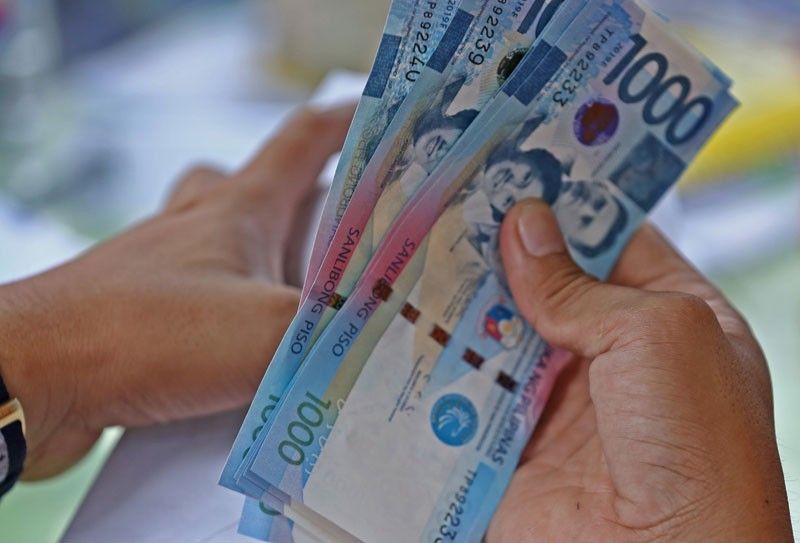Government sets bigger budget, wider deficit in post-pandemic 2021

MANILA, Philippines — The Duterte government is tolerating wider budget deficits this year and the next if that means boosting infrastructure spending to reignite a coronavirus-battered economy, data from the Department of Budget and Management (DBM) showed.
As a result, a bigger budget is set for next year: from the revised P4.1 trillion released in May, which was reduced from P4.64 trillion originally, economic managers are rolling back some adjustments and would now cap the outlay at P4.34 trillion.
“The higher proposed cash-based budget for next year aims to support ‘Build, Build, Build’ program to help stimulate economic growth,” DBM said in a statement late Thursday evening.
“With higher infrastructure investments, the country’s recovery from the COVID-19 pandemic can be better assured by generating more jobs in 2021,” it added.
In total, Budget Undersecretary Laura Pascua said in a text message the public works and transportation departments, the state’s key infrastructure agencies, would get “additional P155 billion” for capital outlay projects next year. Bigger budgets, in turn, mean wider deficits than originally estimated last May 12.
From P1.27 trillion, the budget gap is now poised to widen to P1.43 trillion next year. The revised amount will be equivalent to 6.6% of gross domestic product (GDP), also up from 6% initially planned.
For this year, the deficit is also forecast to be wider. From P1.56 trillion set last May 12, the assumed budget gap was hiked to P1.61 trillion, equivalent to 8.4 of GDP. If realized, the 2020 and 2021 deficits, as a proportion of GDP, would be the widest since 1986.
Not for credit ratings
If any, the fresh upward adjustments on spending and deficits indicated what Acting Socioeconomic Planning Secretary Karl Kendrick Chua said was an ever-changing evaluation of the Philippines’ fiscal standing, one that has been tightly protected by the Duterte administration in rolling out stimulus for fears a hefty intervention would ruin it’s the state’s balance sheet.
Currently, government plans to widen the deficit to nearly 9% of GDP still falls within the “median” of what other developing economies foresee in their countries once spending for COVID-19 recovery kicks in. “If we find that, in the near future, that the median has adjusted, then that will provide us more room to increase the stimulus,” Chua told reporters at an online briefing.
“But right now, we have to be very mindful…We have to maintain fiscal sustainability not because we want the credit rating, but because it will allow us to respond even more, in case there is a future shock or a second wave” of infections, he added.
Sought for comment, Ruben Carlo Asuncion, chief economist at UnionBank of the Philippines, welcomed a higher 2021 budget. “These adjustments are needed. As long as we’re paying our debts and are faithfully paying, I don’t think there will be a problem,” he said in a text message.
“I have always maintained that a bigger response, whether now or next year, is better than a response that’s too little,” he added.
Michael Ricafort, chief economist at Rizal Commercial Banking Corporation, agreed: “Higher infrastructure spending budget for 2021 shall help support the economic recovery... an offsetting factor that could help better justify the wider budget deficit and mitigate any adverse impact on the country’s credit ratings.”
- Latest
- Trending






























